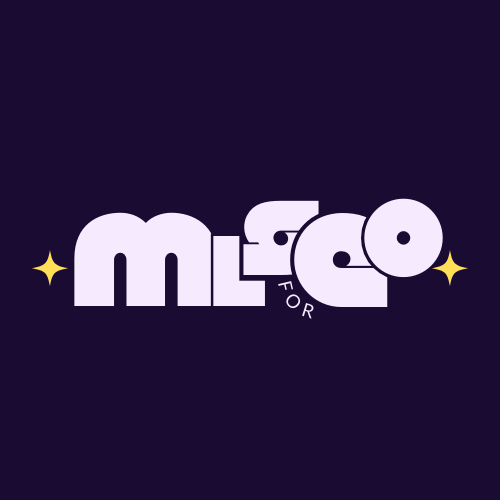How Google Uses Entities and the Knowledge Graph (Patents) – Lesson Preview
This in-depth lesson explores how Google’s patents reveal the inner workings of entity-based search and the Knowledge Graph, the foundation of modern semantic SEO. You’ll learn how Google identifies, connects, and updates entities to refine search results, improve relevance, and deliver more context-aware user experiences.
Through patent analyses, you’ll see exactly how these technologies drive query disambiguation, personalized results, and the generation of features like knowledge panels, answer boxes, and entity-rich snippets. The lesson connects each patent’s purpose with its impact on keyword clustering, structured data optimization, and topical authority — helping you build content that aligns with how Google interprets relationships between concepts.
By understanding these mechanisms, SEO professionals can anticipate algorithmic behavior, design entity-centered content strategies, and make smarter keyword decisions that adapt to Google’s evolving understanding of meaning and context.
What you’ll learn (why it matters)
- Map entities to search behavior because Google organizes knowledge around entities, not strings.
- Apply semantic keyword clustering because entity relationships drive how topics are grouped and ranked.
- Optimize content for Knowledge Graph visibility because structured data and context improve discoverability.
- Use NLP and n-gram insights because search understands context through patterns in natural language.
- Leverage patents to predict algorithm shifts because they reveal Google’s long-term semantic priorities.
Key concepts (with mini-definitions)
- Entity — a distinct, identifiable object (person, place, thing) recognized by Google’s algorithms.
- Knowledge Graph — a structured database linking entities through relationships and attributes.
- Query Augmentation — refining user queries by adding context or related entities for better results.
- Disambiguation — resolving confusion between similar terms or entities (e.g., “Apple” company vs. fruit).
- Semantic Clustering — grouping related keywords by meaning rather than simple string matching.
- Structured Data — machine-readable data that helps search engines understand content context.
- N-grams — sequences of words used in NLP to detect relationships and intent.
Tools mentioned
None explicitly mentioned.
Practice & readings
- Review Google’s entity-related patents and note how each impacts SEO keyword strategies.
- Practice mapping a topic into entities and sub-entities using schema.org references.
- Optional: Read accompanying Google Sheet of analyzed patents for extended learning.
Key insights & takeaways
- Google’s semantic algorithms rely heavily on entity relationships, not keyword repetition.
- Knowledge Graph patents show a move toward personalized, context-driven results.
- Optimizing for structured data enhances your visibility in entity-rich SERPs.
- Understanding patent intent helps forecast shifts in Google’s search priorities.
- Entity-based optimization bridges content creation and machine understanding.
Ready for the next step? Start your learning journey with MLforSEO
Buy the course to unlock the full lesson
Gain a research-backed edge in semantic SEO. Learn directly from how Google designs search!
